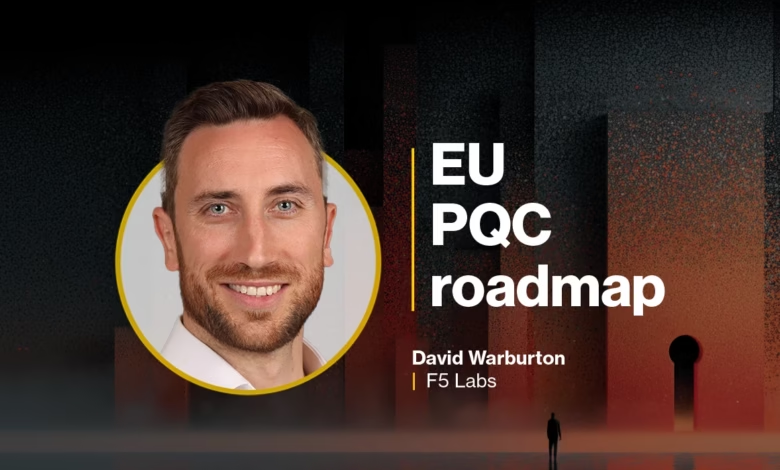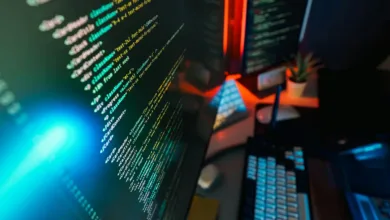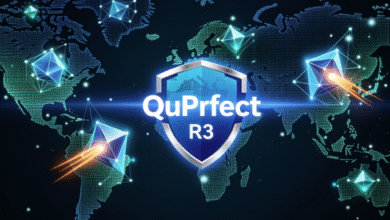EU’s PQC Roadmap: Real-World Impact Explained

▼ Summary
– The EU’s PQC roadmap aligns with NIST’s phased migration approach, recommending hybrid-PQC solutions for compatibility with legacy systems and targeting full PQC adoption by 2035.
– A key difference is the EU’s regulatory enforcement of PQC through directives like GDPR and NIS2, while NIST provides guidance without enforcement.
– Harmonizing PQC rollout across 27 EU member states and diverse sectors is a major challenge due to varying cybersecurity maturity and infrastructure compatibility.
– Migration to PQC requires organizations to inventory cryptographic systems, prioritize TLS 1.3 adoption, and address performance overheads on legacy devices.
– The EU emphasizes urgent action for data with long “cover time,” advising PQC deployment now to counter the “harvest now, decrypt later” threat, especially in critical sectors.
The European Union’s post-quantum cryptography (PQC) roadmap represents a critical step in safeguarding digital infrastructure against emerging quantum threats. While aligned with global efforts from organizations like NIST, the EU approach carries distinct regulatory weight that will shape cybersecurity across member states. Understanding both the technical migration path and policy implications helps organizations prepare for this inevitable transition.
Global alignment on PQC adoption shows consensus around hybrid solutions that combine traditional and quantum-resistant algorithms. Both the EU and NIST recommend phasing out classical cryptography by 2030 for critical systems, with full migration expected by 2035. However, the EU roadmap differs in its regulatory enforcement potential, unlike NIST’s advisory role, European directives like GDPR and NIS2 will likely mandate compliance through risk-based security requirements.
One overlooked challenge is the concept of “cover time”, how long data must remain secure. With cryptographically relevant quantum computers (CRQC) potentially arriving by 2030, organizations handling sensitive information with five-year or longer protection needs must act immediately. Delaying PQC adoption risks exposing today’s encrypted data to future decryption by quantum-capable adversaries.
Harmonizing PQC adoption across 27 EU member states introduces logistical hurdles, given varying cybersecurity maturity levels and sector-specific requirements. Encryption underpins everything from mobile banking to healthcare platforms, making interoperability a top priority. While progress is visible in web security, 8.6% of top global websites already use hybrid-PQC ciphers, certificate authentication and legacy system integration lag behind.
For enterprises and governments, migration begins with a comprehensive cryptographic inventory. Performance constraints on IoT devices and legacy systems may necessitate hardware upgrades, while internal systems often lag behind customer-facing platforms in security updates. TLS 1.3 adoption serves as a foundational step, enabling smoother PQC integration later.
Interoperability remains a key focus, with the EU advocating cryptographic agility, systems that dynamically switch algorithms based on device capabilities. Hybrid solutions allow backward compatibility while introducing quantum-resistant protections where possible. SaaS providers are leading this shift, minimizing architectural overhauls through configuration-based updates.
The “harvest now, decrypt later” threat demands urgent attention, particularly for sectors handling long-term sensitive data. EU guidance stresses early identification of high-value assets, applying a simple formula: PQC deployment must precede Q-Day (quantum computing viability) by the data’s cover time. Waiting until quantum computers exist is too late, organizations protecting decades-long secrets should already be transitioning.
Proactive preparation separates resilient organizations from vulnerable ones. The EU’s structured roadmap provides clarity, but success hinges on cross-border coordination, consistent policy implementation, and recognizing that quantum threats aren’t distant, they’re shaping encryption strategies today.
(Source: HelpNet Security)





